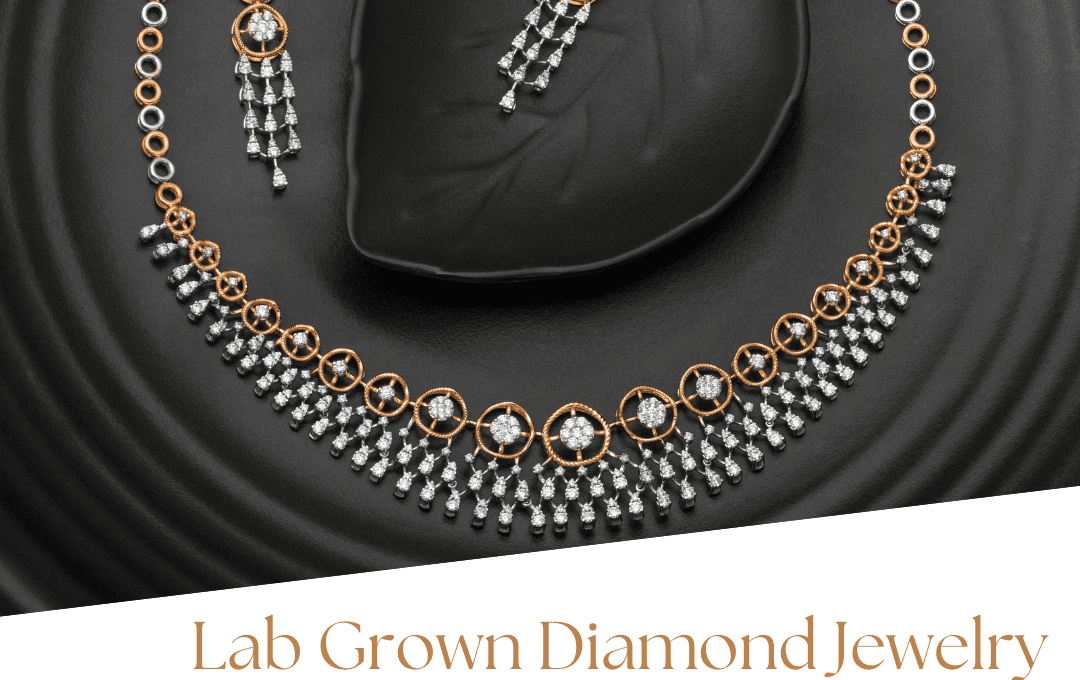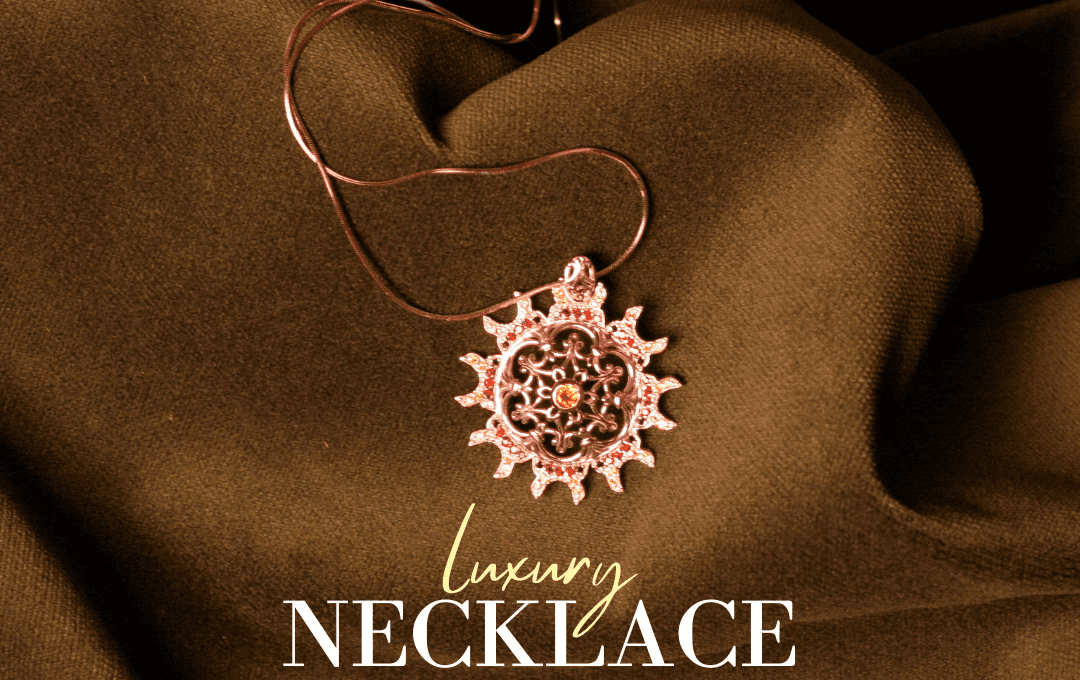

The True Cost of a Lab-Grown Diamond: A Comprehensive Insight
In the glimmering world of gemstones, diamonds have long stood as the epitome of luxury and timeless beauty. However, as we venture further into the 21st century, a new contender has emerged on the market: the lab-grown diamond. These man-made marvels offer a sustainable, ethical, and more affordable alternative to their mined counterparts, but what is the true cost of a lab-grown diamond? Let’s delve into the facets of creating these gems to understand their value and impact better.
Understanding Lab-Grown Diamonds
Before we dive into costs, it’s crucial to understand what lab-grown diamonds are. Unlike natural diamonds, which are formed over billions of years beneath the Earth’s crust, lab-grown diamonds are created in controlled environments using advanced technological processes that replicate the natural diamond-growing conditions. The most common methods are High Pressure High Temperature (HPHT) and Chemical Vapor Deposition (CVD).
The Price Tag: A Comparative Analysis
The appeal of lab-grown diamonds often begins with their price. On average, lab-grown diamonds can be 20-40% less expensive than their mined equivalents. This lower price point is due to the more streamlined and less labor-intensive process of creating diamonds in a lab. There are no mining operations, which means reduced environmental impact and labor costs.
The Environmental Cost
When discussing the true cost of lab-grown diamonds, it’s impossible to overlook the environmental aspect. The production of lab-grown diamonds uses significantly less water and does not disturb the earth’s surface, making them a more sustainable choice. However, the process is not entirely free from environmental impact, as it requires a considerable amount of energy. The key, then, is how this energy is sourced. Labs that utilize renewable energy sources can drastically reduce the carbon footprint associated with creating lab-grown diamonds.
The Ethical Price
Beyond monetary and environmental costs, the ethical cost must be considered. Lab-grown diamonds offer a conflict-free alternative to natural diamonds, which have been marred by concerns over conflict financing, child labor, and other human rights issues in certain regions. By choosing lab-grown diamonds, consumers can enjoy the beauty of a diamond while upholding ethical standards.
Quality and Value Retention
In terms of quality, lab-grown diamonds are virtually indistinguishable from natural diamonds. They possess the same physical, chemical, and optical properties, meaning they offer the same brilliance and durability without the ethical and environmental baggage. However, when it comes to value retention, natural diamonds have historically held their value better than lab-grown diamonds, due in part to their rarity and longstanding status as a coveted gemstone.
The True Cost: A Balanced Perspective
Ultimately, the true cost of a lab-grown diamond involves balancing several factors: financial cost, environmental impact, ethical considerations, and value retention. While they offer a more affordable and ethically sound alternative to natural diamonds, consumers must consider the energy consumption and potential depreciation in value.
Whether lab-grown diamonds will rival the status and long-term value of natural diamonds remains to be seen. However, they undoubtedly provide a compelling option for those seeking beauty, sustainability, and ethics in their jewelry choices. In embracing lab-grown diamonds, we might just be taking a step towards a more responsible and conscious approach to luxury.
1. Production Cost
Lab-grown diamonds are created using two primary technological processes: High Pressure High Temperature (HPHT) and Chemical Vapor Deposition (CVD). Both methods replicate the natural conditions under which diamonds are formed but do so within weeks rather than millions of years. The equipment, energy, and expertise required for these processes are extensive, forming a significant part of the cost structure. Despite these costs, lab-grown diamonds generally emerge as more affordable, often priced 20-40% less than natural diamonds due to the streamlined, less labor-intensive production process.
2. Environmental Cost
Environmental sustainability stands as one of the major selling points of lab-grown diamonds. Traditional diamond mining has been criticized for its extensive environmental degradation, including land displacement and ecosystem disruption. Lab-grown diamonds offer a cleaner alternative, with a significantly lower carbon footprint when renewable energy sources power the labs. The production of lab-grown diamonds also involves minimal land disruption and uses less water, making them a more ecologically responsible choice.
3. Ethical Considerations
Ethics play a crucial role in the appeal of lab-grown diamonds. The diamond mining industry has been plagued by issues ranging from labor exploitation to financing conflict zones. Lab-grown diamonds sidestep these ethical dilemmas, offering consumers peace of mind that their beautiful gemstone hasn’t contributed to human rights abuses or conflicts. This ethical clarity is a priceless component of the true cost of a lab-grown diamond.
4. Energy Requirements
While lab-grown diamonds have a smaller environmental footprint than mined diamonds, the production process is energy-intensive. The true cost, in this case, hinges significantly on the source of this energy. Facilities that employ renewable energy significantly mitigate the environmental impact, but the industry standard varies by manufacturer. The shift towards green energy sources in creating lab-grown diamonds is imperative for maximizing their sustainability potential.
5. Market Value and Perception
The value retention of lab-grown diamonds poses a curious aspect of their overall cost. While offering the same physical and aesthetic qualities as natural diamonds, lab-grown diamonds have yet to achieve the same status or resale value in the eyes of some consumers and investors. This difference doesn’t detract from their innate beauty or usability but is a consideration for those viewing diamond purchase as a long-term investment.
Conclusion: Weighing the True Cost
Lab-grown diamonds present a complex but promising alternative to natural diamonds, intertwining considerations of cost, environment, ethics, and market perception. Their true cost transcends their price tag, incorporating the sustainable and ethical benefits they offer. As technology advances and societal values shift towards greater environmental consciousness and ethical responsibility, lab-grown diamonds stand poised to not only complement but potentially redefine our understanding of luxury, value, and beauty in the jewelry industry.


